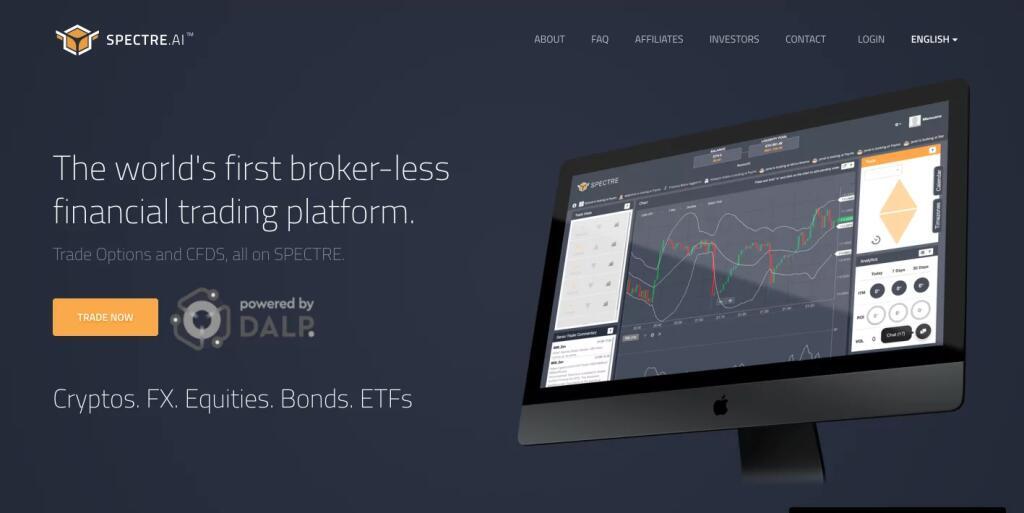Current & Long-Term Liabilities: Definition & Characteristics Video & Lesson Transcript

It shows investors and analysts whether a company has enough current assets on its balance sheet to satisfy or pay off its current debt and other payables. Common current liabilities include accounts payable, unearned revenues, the current portion of a note payable, and taxes payable. Each of these liabilities is current because turbotax review — accounting software features it results from a past business activity, with a disbursement or payment due within a period of less than a year. Noncurrent liabilities are long-term obligations with payment typically due in a subsequent operating period. Current liabilities are reported on the classified balance sheet, listed before noncurrent liabilities.

AT&T clearly defines its bank debt that is maturing in less than one year under current liabilities. For a company this size, this is often used as operating capital for day-to-day operations rather than funding larger items, which would be better suited using long-term debt. Assume, for example, that for the current year $7,000 of interest will be accrued. In the current year the debtor will pay a total of $25,000—that is, $7,000 in interest and $18,000 for the current portion of the note payable. Car loans, mortgages, and education loans have an amortization process to pay down debt.
Dividends Payable or Dividends Declared
This better matches the time to finance the asset with the time the assets are useful. When a company determines that it received an economic benefit that must be paid within a year, it must immediately record a credit entry for a current liability. Depending on the nature of the received benefit, the company’s accountants classify it as either an asset or expense, which will receive the debit entry.

By taking out an equity line of credit on the property that the company owns, the company is not automatically extending its liabilities. If it starts to access that line of credit to pay for a bad month of revenues, then it does. This is a solution, but is only a short-term solution, creating a longer term problem. The working capital ratio is calculated, using the same current assets and current liabilities.
Examples of Accrued Expenses
For example, a bakery company may need to take out a $100,000 loan to continue business operations. Terms of the loan require equal annual principal repayments of $10,000 for the next ten years. Even though the overall $100,000 note payable is considered long term, the $10,000 required repayment during the company’s operating cycle is considered current (short term). This means $10,000 would be classified as the current portion of a noncurrent note payable, and the remaining $90,000 would remain a noncurrent note payable. A note payable is usually classified as a long-term (noncurrent) liability if the note period is longer than one year or the standard operating period of the company.
Examples include accounts payable (owed to vendors), notes payable, deferred revenues (goods that have been paid for but not delivered), wages and salaries, etc. Other long-term liabilities include payments on a building the trucking company is purchasing https://online-accounting.net/ from the bank, which should be shown as a mortgage loan. Another long-term liability for Jim’s Trucking could be a long-term loan to help finance truck repairs. These payments are due monthly, but the total loan may not be due for a few years.
Cantaloupe, Inc. Reports Fourth Quarter and Fiscal Year 2023 … – InvestorsObserver
Cantaloupe, Inc. Reports Fourth Quarter and Fiscal Year 2023 ….
Posted: Wed, 06 Sep 2023 20:07:00 GMT [source]
The portion of a long-term liability, such as a mortgage, that is due within one year is classified on the balance sheet as a current portion of long-term debt. At a minimum, total liabilities will be split out into current liabilities and long-term liabilities. A larger amount of total liabilities is not in-and-of-itself a financial indicator of poor economic quality of an entity. Based on prevailing interest rates available to the company, it may be most favorable for the business to acquire debt assets by incurring liabilities. Less liquidity is required to pay for long-term liabilities as these obligations are due over a longer timeframe.
Free Financial Statements Cheat Sheet
Using long-term debt wisely can help grow a company to the next level, but the business must have the current assets to meet the new obligations added to current liabilities. Working capital is a metric that subtracts current assets from current liabilities. It is an indicator of the financial strength of a company, because it defines whether a company has enough cash or cash-equivalent assets to pay for its required liabilities. When a company has too little working capital, it is flagged as having liquidity issues. When a company has too much working capital, it is deemed as running inefficiently, because it isn’t effectively reallocating capital into higher revenue growth. A company wants to be in a sweet spot of having enough working capital to cover a fiscal cycle’s worth of financial obligations, known as liabilities.
It’s current liabilities typically include accounts payable, loan payments due within one year of the balance sheet date, and wages payable. Long-term liabilities may include loan principal payments not due within one year of the balance sheet date. Current liabilities of a company consist of short-term financial obligations that are typically due within one year. Current liabilities could also be based on a company’s operating cycle, which is the time it takes to buy inventory and convert it to cash from sales.
The current liabilities paint a clear picture of whether a company can afford to stay in business or not. In contrast to current assets, a company with liabilities exceeding the assets clearly has financial issues it must address. However, having too much in current assets just sitting around isn’t good, either. A company should look beyond the working capital dollar value and consider the working capital ratio. The reason that current and long-term liabilities are treated differently, is because of the immediate need a company has for cash. Most businesses that don’t have the adequate working capital for 12 to 24 months risk going out of business.
For example, a company with current liabilities made up mostly of deferred revenue is in a very different position from a company with current liabilities made up mostly of interest payments. In some business sectors, deferred revenue is also a typical current liability. Deferred revenue is when a customer pays in advance for a product or service that will be delivered later.
What are Current Liabilities?
Typical long-term liabilities include bank loans, notes payable, bonds payable and mortgages. After all, those are all positive numbers on a balance sheet that can make a company look great. But without considering the debt, business leaders are ignoring key indicators to the financial solvency of the company.
- All of us know what “liabilities” are as this is not exclusively used for accounting and finance.
- Analysts and creditors often use the current ratio, which measures a company’s ability to pay its short-term financial debts or obligations.
- Current assets include cash or accounts receivable, which is money owed by customers for sales.
- Current liabilities are a company’s short-term financial obligations that are due within one year or within a normal operating cycle.
- For example, banks want to know before extending credit whether a company is collecting—or getting paid—for its accounts receivable in a timely manner.
Although the current and quick ratios show how well a company converts its current assets to pay current liabilities, it’s critical to compare the ratios to companies within the same industry. Long-term liabilities or debt are those obligations on a company’s books that are not due without the next 12 months. Loans for machinery, equipment, or land are examples of long-term liabilities, whereas rent, for example, is a short-term liability that must be paid within the year. A company’s long-term debt can be compared to other economic measures to analyze its debt structure and financial leverage. A balance sheet presents a company’s assets, liabilities, and equity at a given date in time.
Create payment links, buy buttons, or QR codes with Square Online Checkout. On the other hand, sometimes it can be prudent just to recognise that some costs are extremely difficult to predict (and hence budget for). If this could potentially cause an issue for a company, it may be useful to take out relevant insurance.
- It shows investors and analysts whether a company has enough current assets on its balance sheet to satisfy or pay off its current debt and other payables.
- For example, a bakery company may need to take out a $100,000 loan to continue business operations.
- A restaurant would want to pay for these long-life assets over time, and here using long-term liabilities are useful.
- After all, those are all positive numbers on a balance sheet that can make a company look great.
Dividends are cash payments from companies to their shareholders as a reward for investing in their stock. For example, if a company has had more expenses than revenues for the past three years, it may signal weak financial stability because it has been losing money for those years. Current liabilities are used as a key component in several short-term liquidity measures. Below are examples of metrics that management teams and investors look at when performing financial analysis of a company. Liabilities must be reported according to the accepted accounting principles. The most common accounting standards are the International Financial Reporting Standards (IFRS).
Why Are Current Liabilities Important to Investors?
Current liability accounts can vary by industry or according to various government regulations. The long-term portion of a bond payable is reported as a long-term liability. Because a bond typically covers many years, the majority of a bond payable is long term. The present value of a lease payment that extends past one year is a long-term liability. Deferred tax liabilities typically extend to future tax years, in which case they are considered a long-term liability.
If the landscaping company provides part of the landscaping services within the operating period, it may recognize the value of the work completed at that time. An account payable is usually a less formal arrangement than a promissory note for a current note payable. For now, know that for some debt, including short-term or current, a formal contract might be created. This contract provides additional legal protection for the lender in the event of failure by the borrower to make timely payments. Also, the contract often provides an opportunity for the lender to actually sell the rights in the contract to another party. In contrast, additional interest payments are usually required for long-term debt.
